Here’s the officially reported coronavirus death toll through April 16. The raw data from Johns Hopkins is here.

Cats, charts, and politics

Here’s the officially reported coronavirus death toll through April 16. The raw data from Johns Hopkins is here.

A cat and his shadow.
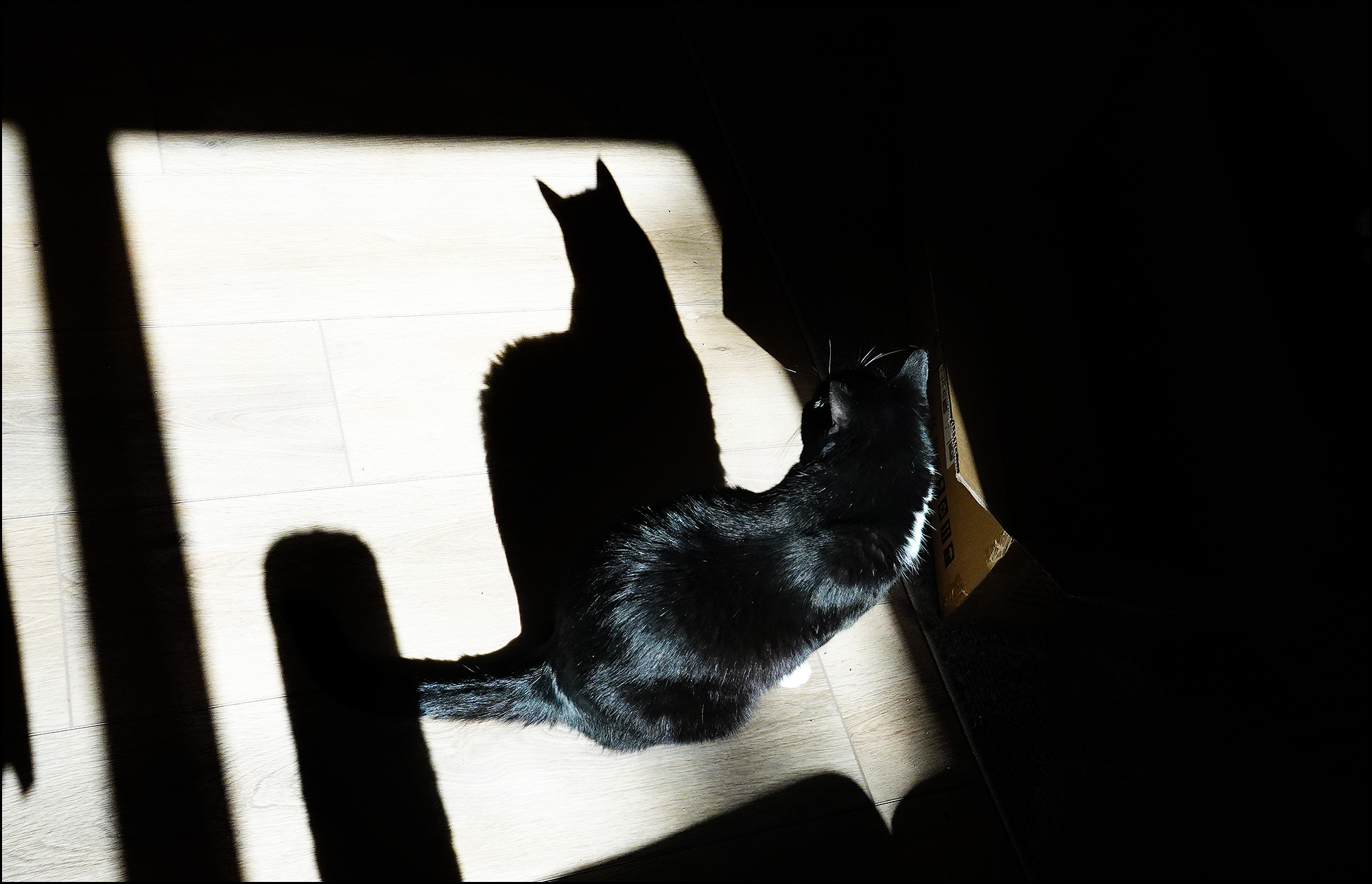
France has joined the 100,000 club. Argentina has begun what looks like a huge surge. Italy, Sweden, and Germany all look like they're starting to rise again too. All things considered, the US looks to be in relatively good shape at the moment. Our big task now is to convince Republicans to get vaccinated.
Here’s the officially reported coronavirus death toll through April 15. The raw data from Johns Hopkins is here.
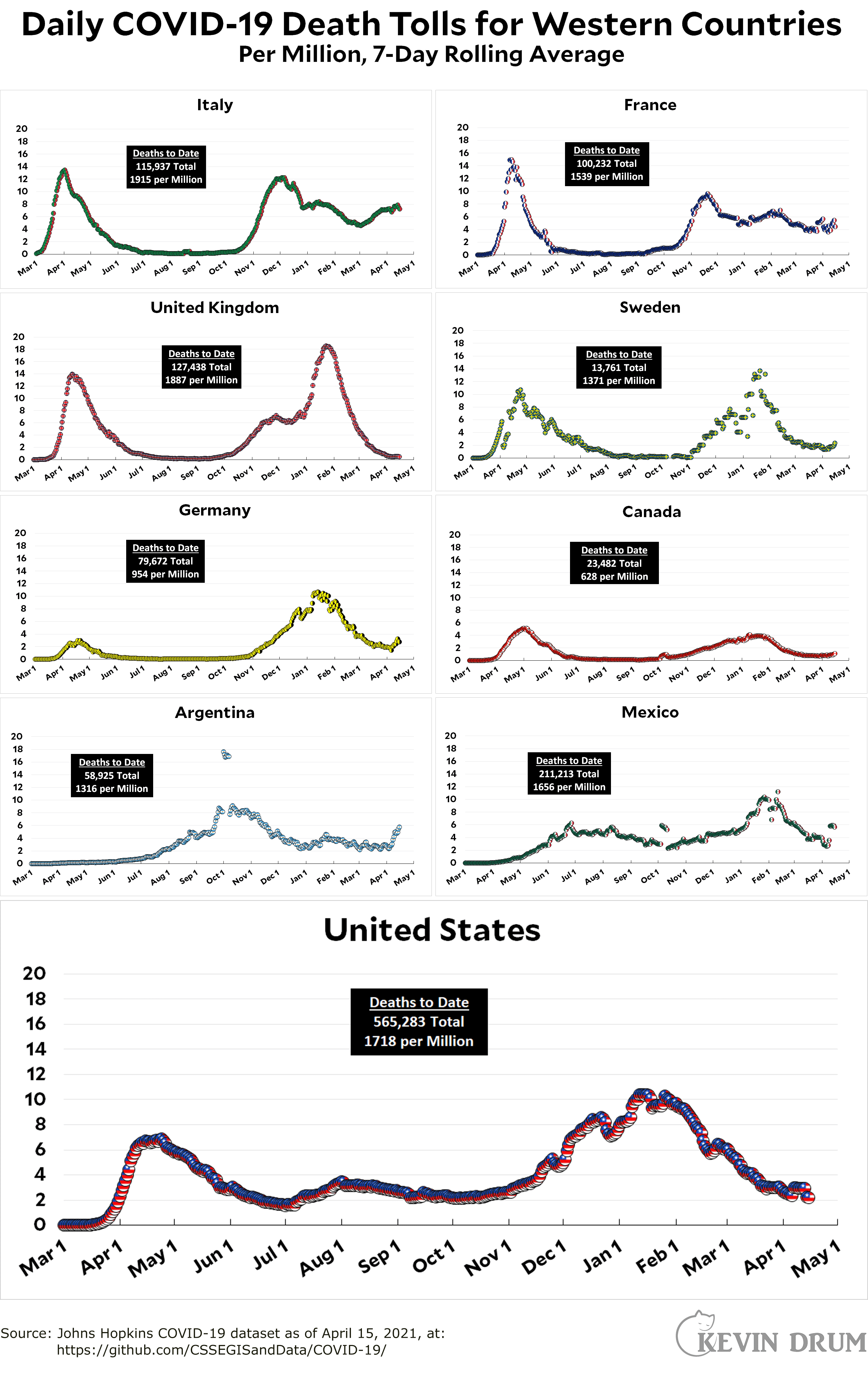
The police killing of Adam Toledo in Chicago is unquestionably a tragedy. But was it unjustified? That's a lot harder to say. It all started when police heard gunfire and gave chase. One of the cops went after Toledo, who is shown here at the end of the pursuit as the officer is yelling at him to "drop it":
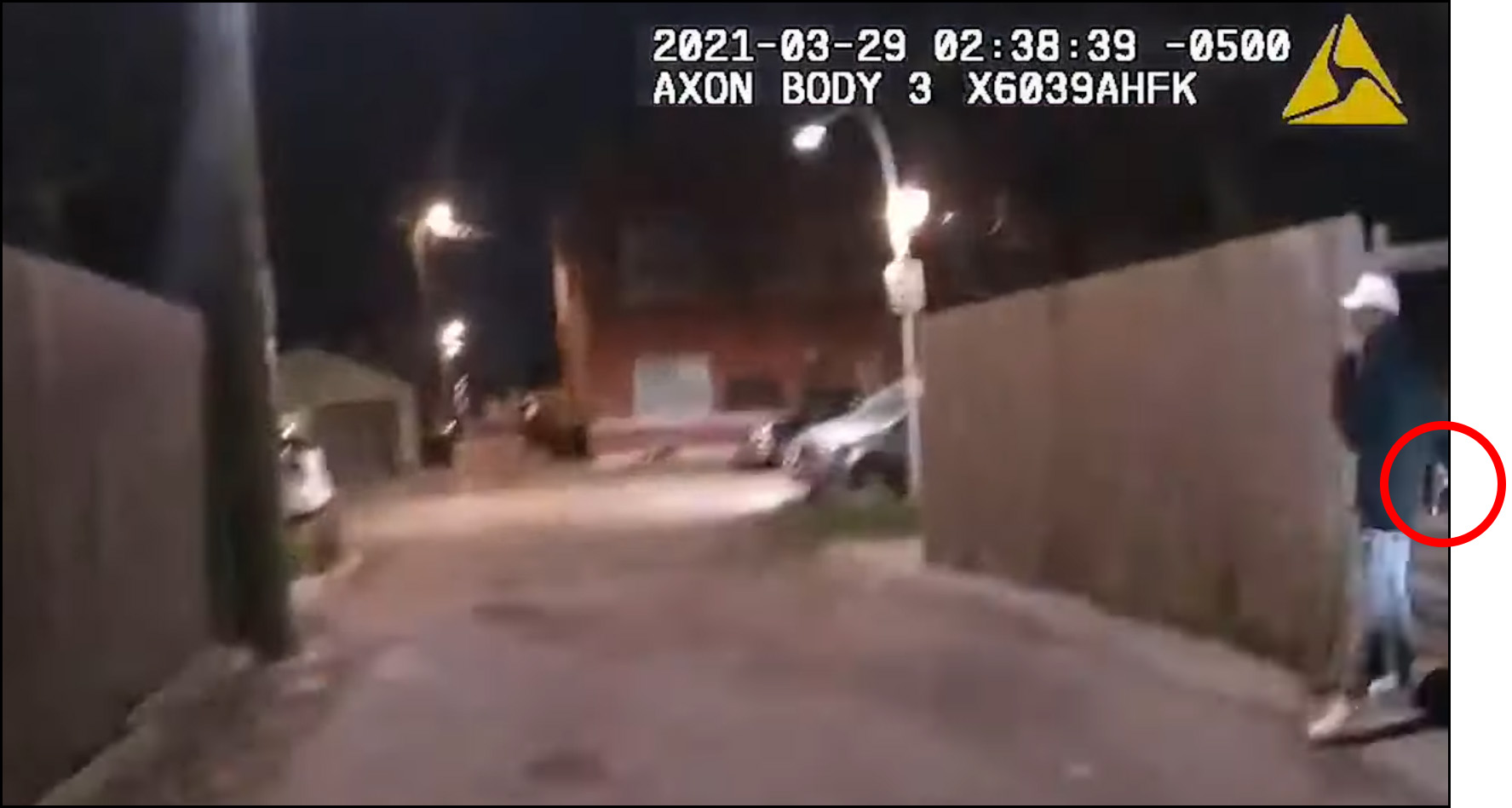
There appears to be a gun in his right hand. Now here's a still from the moment the police officer fires, eight-tenths of a second later:
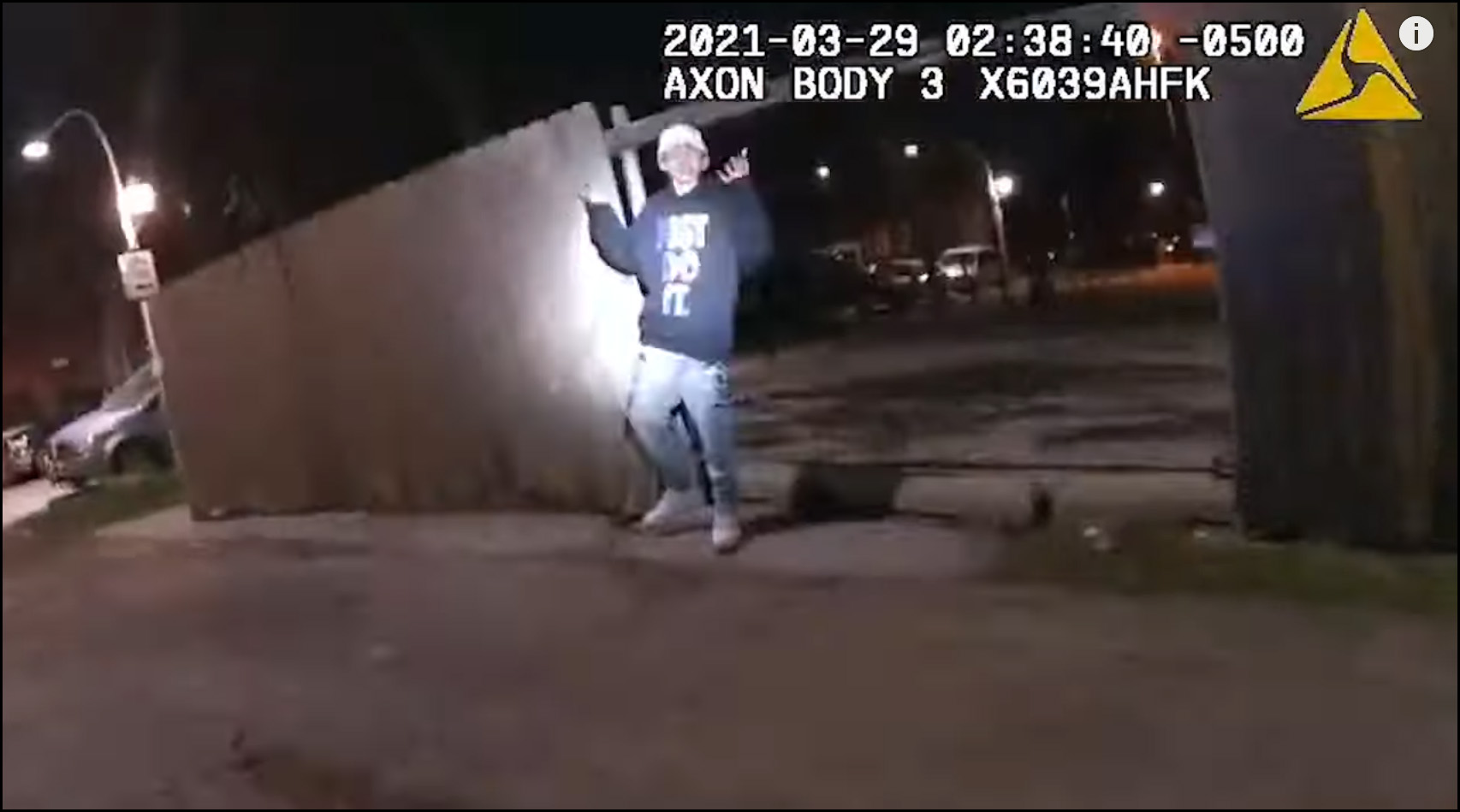
Toledo's hands are empty. He has tossed his gun behind him, where the officer can't see it.
Is eight-tenths of a second, on a dark night with a shaky light, enough time for a trained police officer to realize that the gun he saw a moment earlier—which he didn't see being tossed away—is no longer there? I don't know.
I just don't know. But that's the question before us.
YouGov performed a survey over the weekend about trust in vaccines, and by chance their survey spanned the day that use of the Johnson & Johnson vaccine was halted by the CDC. That allowed them to see the effect of the CDC announcement:
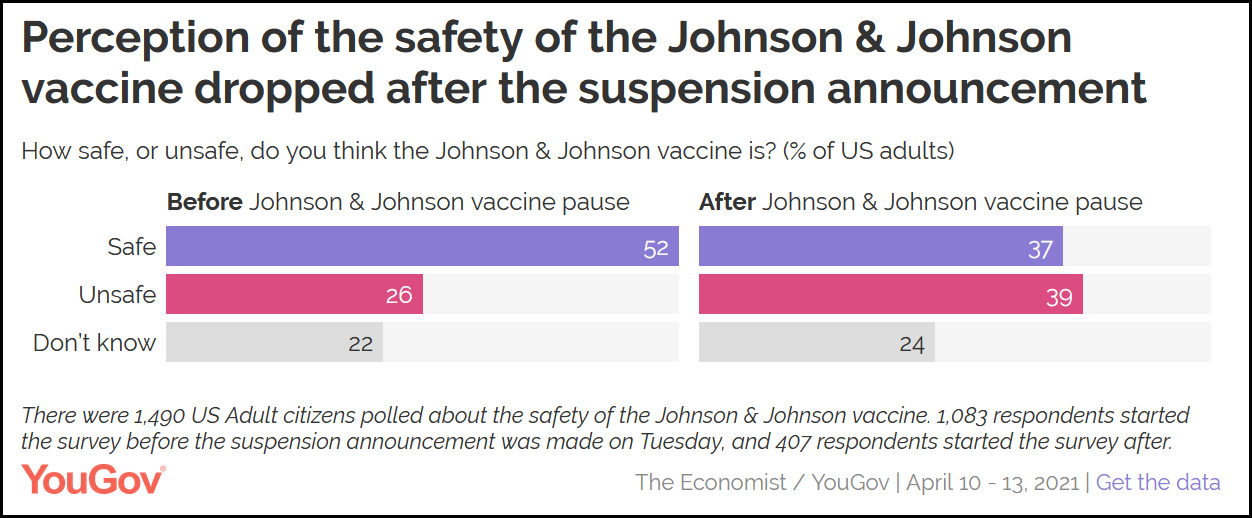
Trust in the J&J vaccine fell substantially, which is not much of a surprise. What I'd really like to see, however, is how the CDC announcement affected trust more generally. YouGov must have the same before-and-after data for the Pfizer and Moderna vaccines, and I'd be interested in seeing that.
Note that this doesn't tell us much about whether the CDC's announcement was right or wrong. For that, I think we'd need survey data on vaccine hesitancy more broadly, and we'd need it for a few weeks following the CDC announcement. Hopefully YouGov has that on their plate for the future.
This is a view of the Eastern Sierra looking north. You can see the Sierra on the left and the White Mountains on the right.
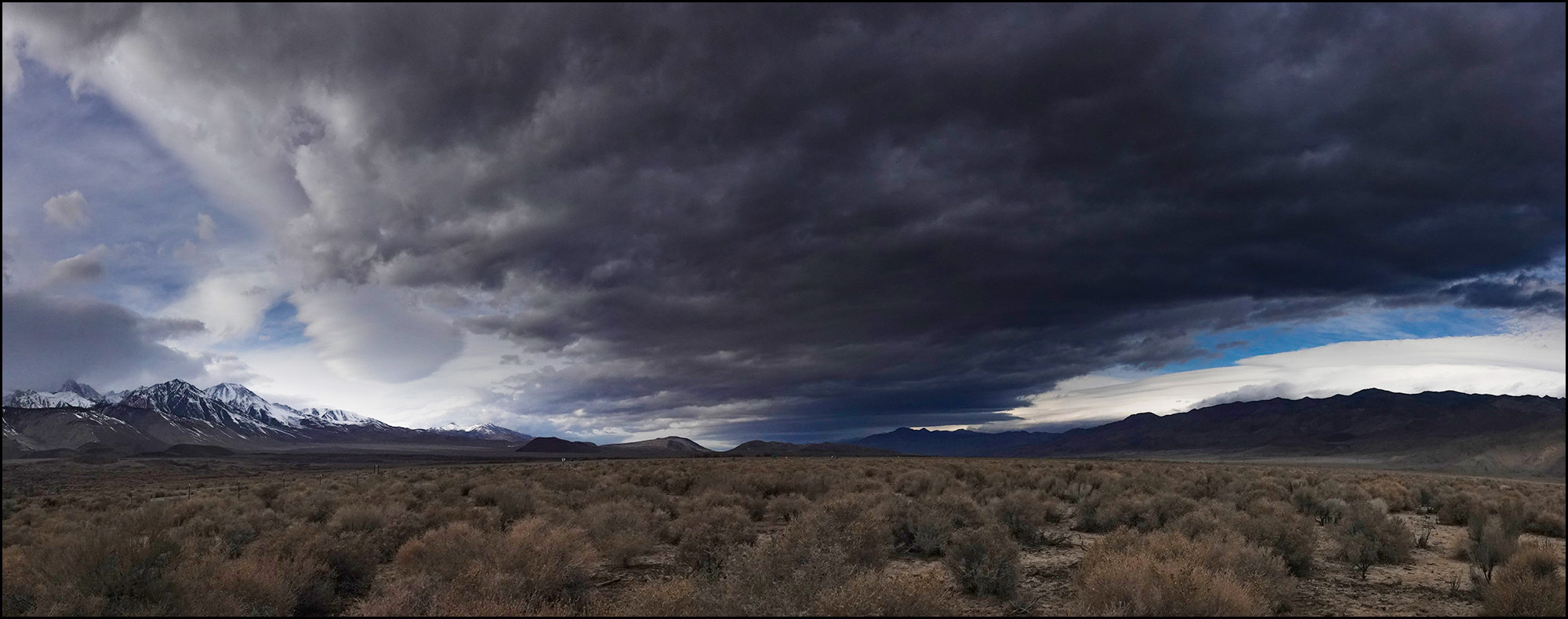
Given the recent media coverage of police pointing guns at Black men, I thought you might all be interested in some statistics. These come from "Contacts Between Police and the Public," a triannual report from the Bureau of Justice Statistics. The report for 2018 was released a couple of months ago and starts off with this basic table:
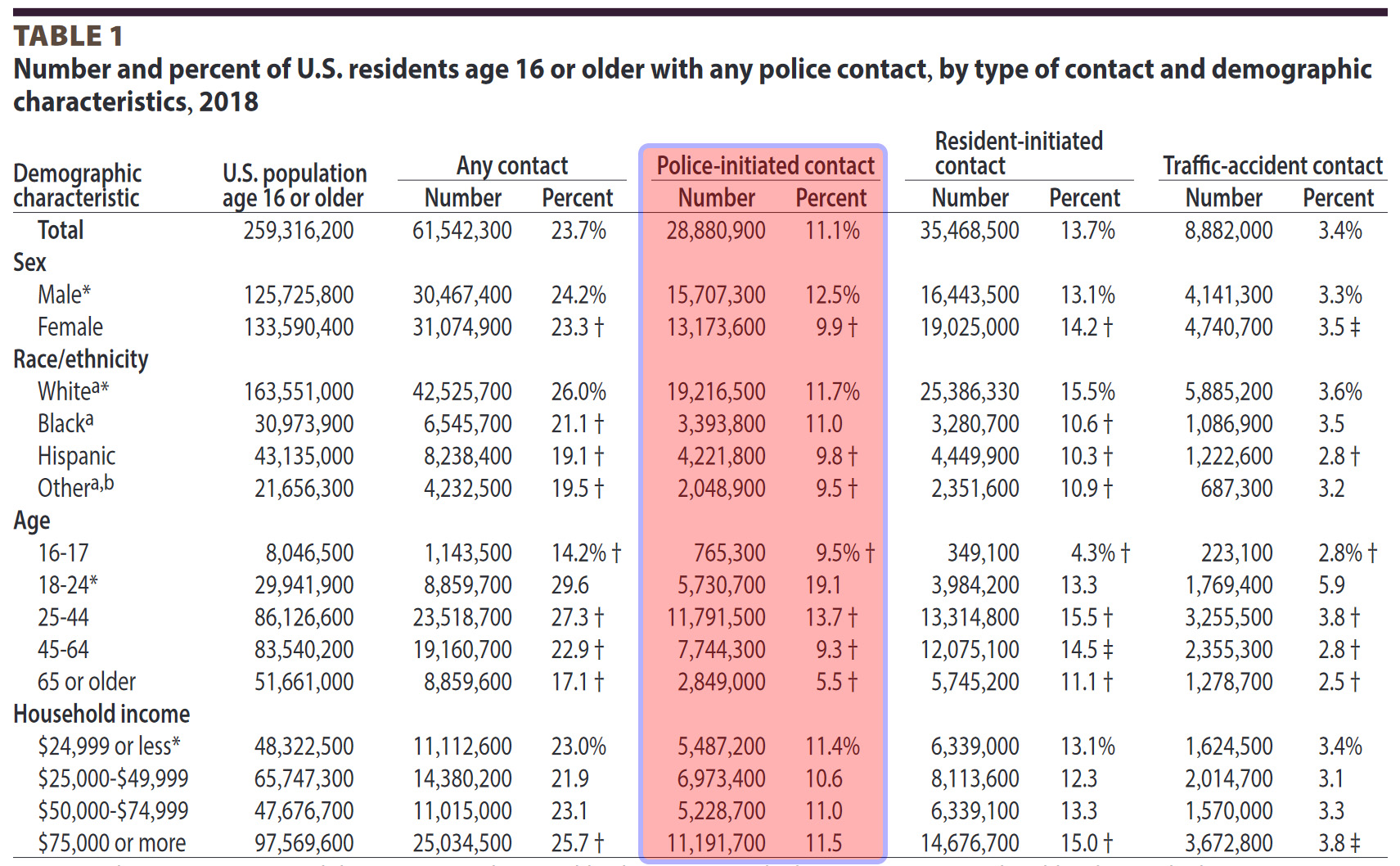
You might be surprised by this. The key thing we're interested in is contact initiated by the police, which is about 80% traffic stops. As you can see, Black drivers and white drivers are stopped at nearly the same rate: 11.7% and 11.0%. This is based on survey data in which people report their own experience.
Now let's move on to use of force by police. Black and Hispanic respondents report that police used force on them at more than twice the rate reported by white respondents. But there's also this:

Black respondents report having a gun pointed at them at eight times the rate of white respondents. (The number for Hispanics is unreliable due to small sample size, so don't pay too much attention to that.)
If these self-reported statistics are accurate, Black and white drivers (along with street encounters) are stopped by police at roughly the same rate. But Black men (and it's mostly men) have guns aimed at them eight times more often. This probably explains why we see so many examples of this captured on video. It's because it happens so often.
The success of the vaccination program and the imminent end of the pandemic put Americans in a binge spending mood last month:
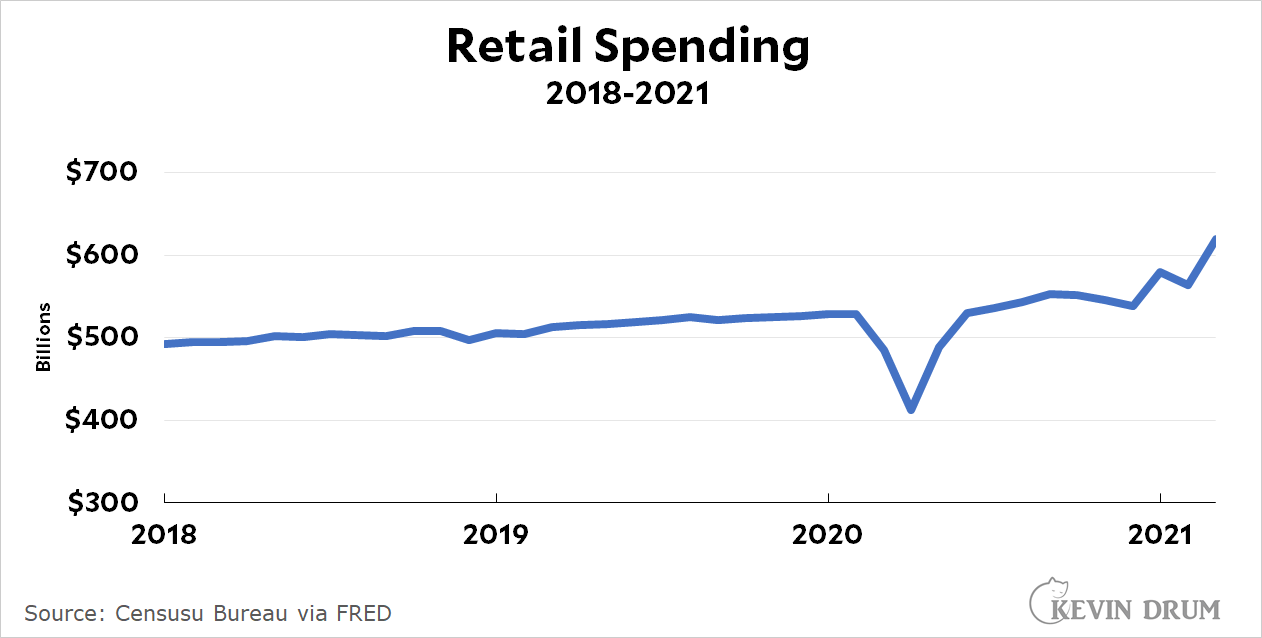
But once again we have a problem. How much was spending up? Spending plummeted a year ago when the pandemic started, so if we compare to last March then spending was up 28%. That hardly seems right. But if we compare to last month spending was up 9.8%, an annual rate of 112%. Both of those seem faintly ridiculous, no?
On the other hand, if I use the technique I introduced yesterday—compare March spending to two years ago and then divide in half—I get an annual growth rate of 10.4%. That's unofficial, but it still strikes me as closer to the truth than any of the others.
Alternatively, you can toss out the numbers and just be satisfied with "Retail spending was way up last month. Hooray!"
Here’s the officially reported coronavirus death toll through April 14. The raw data from Johns Hopkins is here.
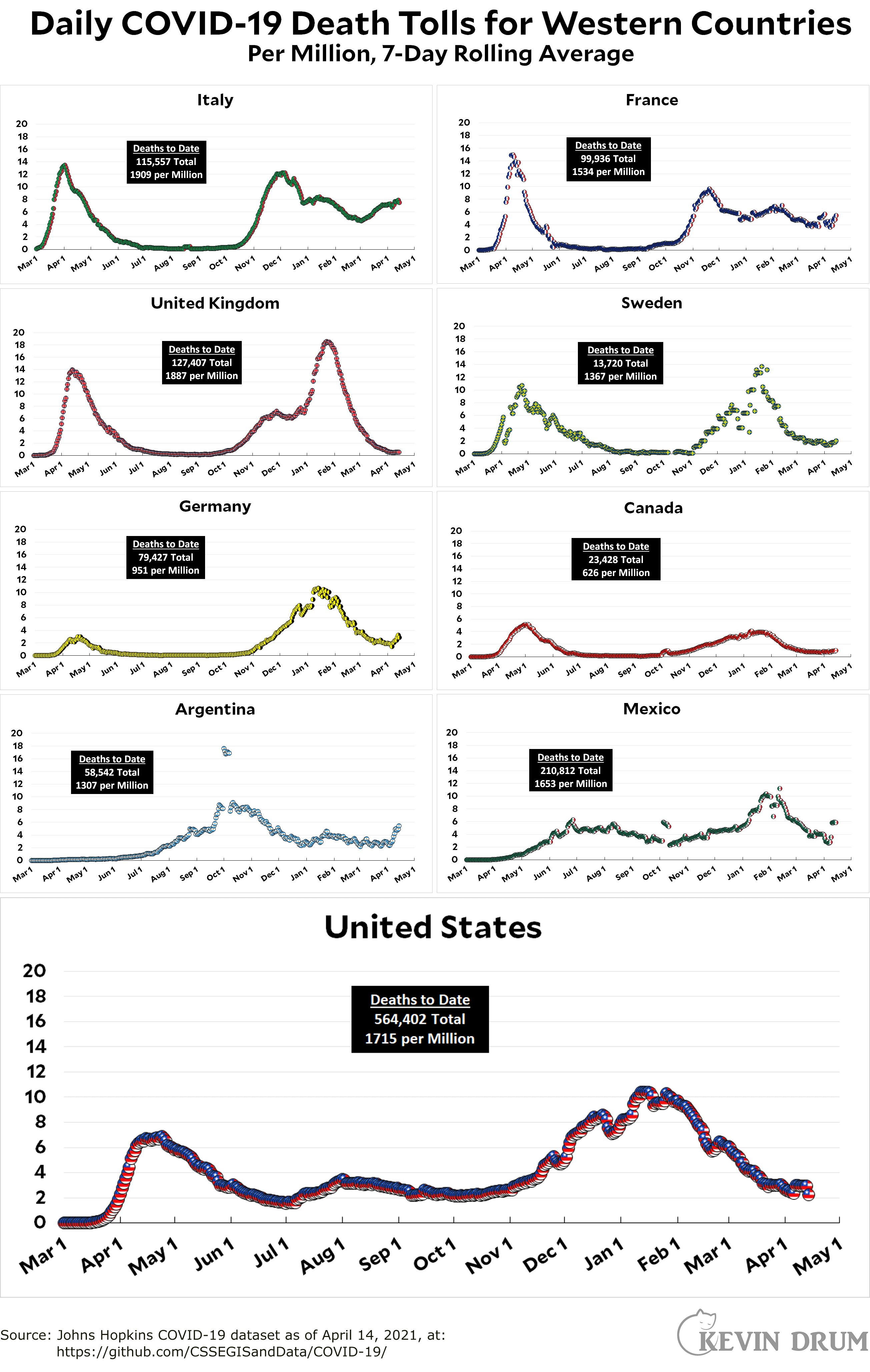
Goddammit, Fox News is a cesspool. An absolute cesspool. How can any decent person continue to defend them?